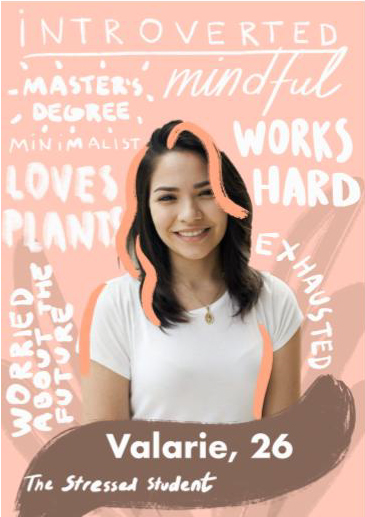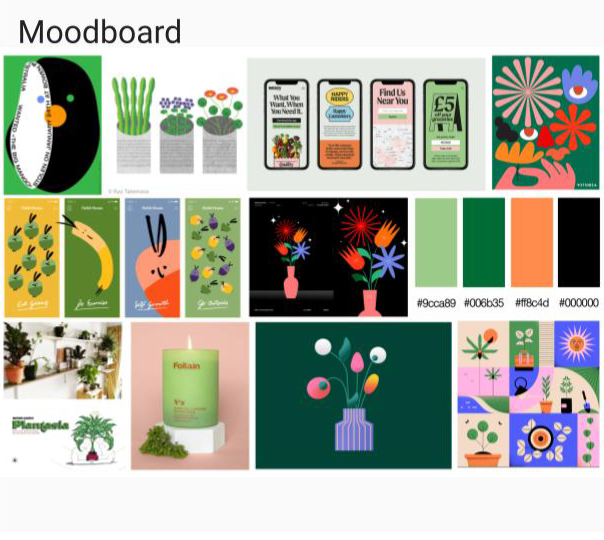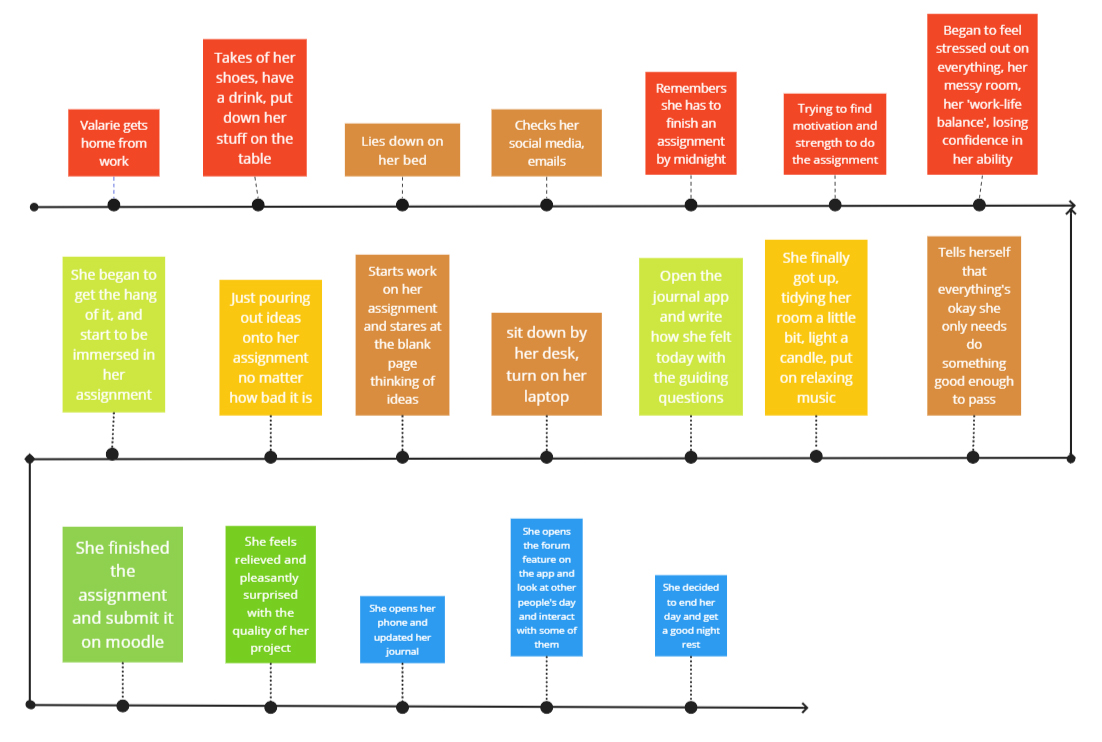#OBSERVATION
I observed a masters student preparing a presentation with the purpose of introducing a masters project to her professor. Depending on the professor's opinion of the project proposal, she would be given approval to work on that project. The student had already completed the detailed presentation, but was attempting to examine it looking for any potential improvements as well as be prepared to actually go through it when the time comes.
The student's primary worries were whether the presentation would be easy to understand, delivered in the appropriate time frame and as an introvert communicating under pressure. In an effort to overcome these concerns, the student was extremely thorough in her preparation. Checking through each slide individually multiple times and timing herself presenting the entire slideshow until she was content.
#INTERVIEW
I interviewed a fellow student of mine Velko Stoychev, with the purpose of learning what his experience of online learning has been like. I discovered that he has had both some positive and negative experiences due to online learning. Being able to study from home has given Velko much more financial freedom than he would normally have. He's been able to study in his home country from his parents' place in Bulgaria. This was the primary positive takeaway.
On the other hand, the online learning experience has left him feeling uncomfortable voicing his opinion in class and he has also had many technical difficulties disrupting the lecture. This combination has led to sometimes not completely understanding a topic but keeping that to himself rather than speaking up about it.
Please find the following link to see the full results of our interview here (template provided by lecturer).
What I learned
From this user research, I discovered that students are often very self-conscious and shy. Being isolated from the rest of the class and thus not being able to share their difficulties only exasperates the issue. From my own personal experience I can say confidently that sharing your problems with others going through the same thing is very cathartic and this hasn’t been an option for the majority of second semester students.
What I want to find out
How can we help students feel more comfortable in their own skin, to the point that they communicate their issues online with others. Rather than bottling them up and keeping it to themselves. Is there any precedence for this? Or perhaps a known method to reduce stress in a difficult environment?



